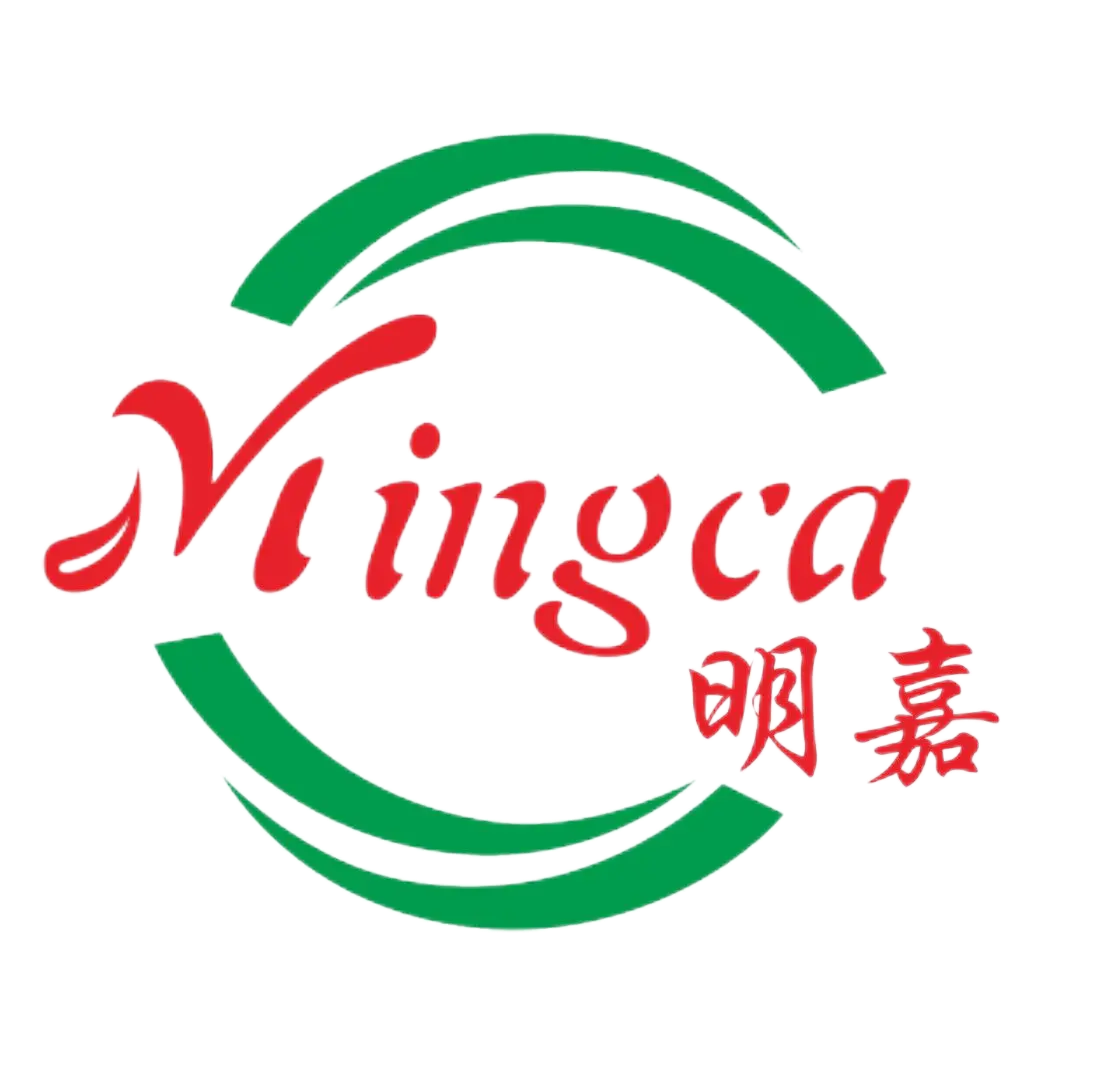With the increasingly severe global environmental problems and consumers' growing demand for environmentally friendly and energy-saving product packaging, the plastic flexible packaging industry is facing pressure and opportunities for transformation and upgrading. In this issue, we review the technical difficulties of mono material flexible packaging and the technological development in recent years.
Mono material flexible packaging film is in the spotlight
In the packaging industry, composite films are usually used to better protect the contents from moisture, oxygen and other environmental factors. However, this also brings about recycling difficulties. For example, BOPET/PE or PA6/PE, which are commonly used in food packaging bags, are difficult to effectively separate films of different compositions, which greatly limits the recycling of materials.
In recent years, mono material packaging films have ushered in a development trend. They can not only reduce plastic pollution, but also provide important resources for economic development. In summary, mono material packaging films can greatly reduce the complexity of the recycling and reuse process while ensuring the necessary functions of packaging barrier properties and printability. There is no need to separate different plastics, and it is expected to achieve 100% recycling.

Unilever develops single-material PET film that is easier to recycle
However, this is not a simple question of material replacement. The biggest technical difficulty of mono material packaging lies in heat resistance and barrier properties. The industry is solving the heat resistance and barrier properties of mono material packaging bags by improving the properties of raw material resins and improving processing technology.
Mondi, Amcor and others developed their own unique innovative products
In order for mono material flexible packaging to be more competitive in the market, it is necessary to ensure that its processing performance is comparable to that of traditional composite materials. This includes stability under high temperature and pressure, and suitability for use on high-speed packaging machinery.
Mondi, a global advanced packaging manufacturer, has launched RetretTouch recyclable mono material retort packaging for a range of foods and wet pet food. Generally speaking, these foods require retort packaging. However, the packaging uses more aluminum foil as a barrier layer, which is difficult to recycle. Mondi has developed an innovative high barrier film to replace aluminium foil. The new mono-material retort packaging is fully recyclable, maintains high temperatures during the retort process and enables short handling times.

Amcor has also developed a series of sustainable and recyclable composite film packaging products, which can be widely used in the health industry such as oral liquids, oral solids (granules, powders, Chinese medicine formulas, etc.) and health products. The packaging is based on a mono or pure PO material, and uses cutting-edge material science to improve the barrier properties of the packaging to a final effect comparable to that of aluminum foil composite film.
Compared with traditional aluminum-containing composite film products, the packaging can reduce carbon emissions by 44% and water consumption by 70%, and is 100% sustainable and recyclable packaging. At the same time, the packaging can also meet the requirements of post-sterilization of some oral liquids.

Mingca Packing is also a significant player in the transition to mono material flexible packaging. In January 2024, Mingca Packing and ExxonMobil jointly launched Non Cross-linked Recyclable PEF shrink film that is easier to recycle. Compared with multi-material solutions, it not only has excellent packaging performance, but also helps improve recyclability. Traditional heat shrink film solutions are generally based on polyolefin structures and are co-extruded from PP/PE/PP, called POF.
This composite material packaging film is difficult to recycle and does not have sustainable development advantages. The PEF film is made of a mono material, overcoming the biggest obstacle of traditional multi-material composite flexible packaging that has no recycling value, and is one of the major advances in flexible packaging technology. The recyclability of its film structure has also been verified and certified by the German Rhine TÜV third party.

PEF shrink film can help products show excellent "shelf appeal", making the contents of the package more attractive to consumers. In addition, the package can achieve a tight fit, small corners and softness, which can help further enhance the appearance of the product packaging.

Although mono material solutions currently account for a small proportion of the entire flexible packaging industry, with the implementation of the European PPWR regulations, we believe that the global market will soon see a breakthrough. Due to market growth, environmental trends, consumer preferences, technological innovation, and policy support, mono material flexible packaging is expected to become the mainstream choice in the packaging industry.















